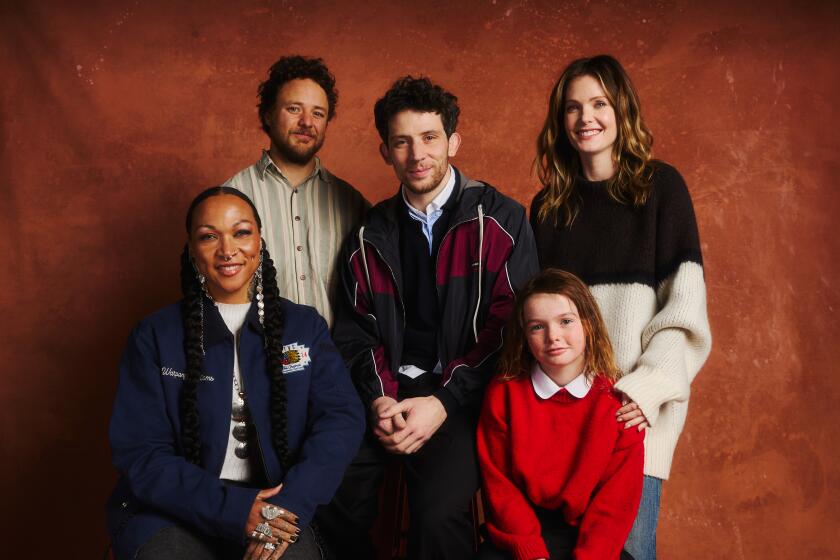Color It Legal
- Share via
DESPITE STAR-STUDDED lobbying efforts and an avalanche of publicity, little progress has been made to prevent Ted Turner and others from converting black-and-white films to color. After Woody Allen, James Stewart, Ginger Rogers and others went to Washington to try to protect their movies from the colorizers’ box of paints, Congress took limited action last year. It created a National Film Preservation Board to designate as many as 25 “culturally, historically or aesthetically significant” movies each year. This won’t prevent colorization of these movies but will require that the color versions be broadcast or labeled with a disclaimer saying the movie was originally black-and-white.
More recently, the U.S. Copyright Office declared that film makers should have the right to keep their works from being colorized. But if its recommendation is turned into law, it would apply only to the small number of black-and-white films made in the future.
The Directors Guild would like to see the United States adopt the kind of artists’ rights legislation that exists in some other countries. In France, for example, a judge barred a TV station from showing a colorized version of “The Asphalt Jungle,” at the request of the heirs of its director, John Huston. The decision was based on a legal conception of artists’ rights that is broader than that of the United States’.
Here at home, the Directors Guild has a powerful opponent in Jack Valenti, president of the Motion Picture Assn. of America. Valenti and the producers he represents adamantly oppose any governmental guarantees of directors’ rights. Valenti believes that creative rights should be negotiated between the director and the studio when the film is being produced, as forward-thinking Orson Welles did with “Citizen Kane.” But where does that leave the directors who died without protecting themselves against technology that did not exist at the time? “Without an agreement, the person who owns the copyright is legitimately empowered to do what he wants to do with the film,” Valenti says. That is precisely where things stand now and where they are likely to remain for a while.
More to Read
Only good movies
Get the Indie Focus newsletter, Mark Olsen's weekly guide to the world of cinema.
You may occasionally receive promotional content from the Los Angeles Times.









